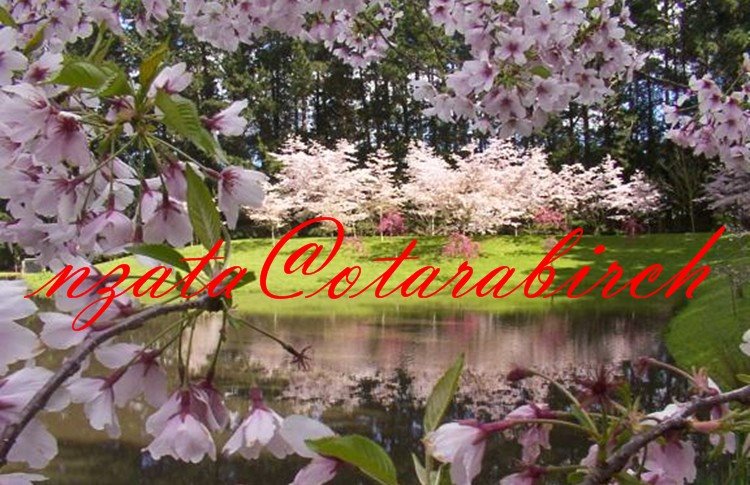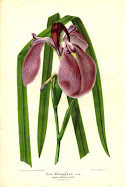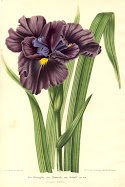
Collecting the ripe seed pods begins in late summer /early autumn. The pods once fertile being bee pollinated, swell and when mature they turn brown making them ready to pick. Harvesting these is best done before they burst open and spill the seeds onto the ground. You can collect the seed pods at random being bee pollinated seed pods or if you want to try to breed some new cultivars then selective hand pollination can be done earlier in the flowering season.
In named cultivars, it is recommended that you remove the seed pods before the seed falls. Once the pod ripens, the seeds spill onto the ground and fall down in amongst the lower base leaves and can germinate the following spring. This will cause your prized named variety to produce plants different from the original and your named variety will then in time be lost.
After picking the pods, I place the pods in small brown paper bags or envelopes. Bottle store paper bags are great for this. I give a quick spray inside the paper bag of fly & insect spray (a 30 day kill) to take good care of any earwigs or chewing insects that may want to chew any seeds.
The pods will then dry out. I staple closed to seal and label the bag with the details of variety or colour selected. Store in cardboard box in dry place.
3 months before wanting to sow my seed I then clean the seed from the pods and discard the spent pods. Normally done on a cold winters night while watching the TV.

The seed is then left in a tray to dry over night for big lots or smaller lots are put into envelopes and marked as to which variety was collected and a date. This is to identify your seed source of pod parent in later years should you wish to register a new exciting variety.
My simple method of ID is the year. eg: 2008 = 08 then the number given 001 or 002... etc. This info is written on a plastic label 08/001 when they are sown in trays. This number stays with the seedlings when pricked out and with the plants once planted out in your growing area.
Each lot of seed of different varieties can then be numbered and the relevant information of plant name collected from can be recorded in a seed dairy for future reference.
About 12 weeks (May) before spring ( August) I take the seed that I have cleaned and place the envelopes with any lose seed in a plastic bowl. I cover the bowl with a plastic cover as not to let any moisture or food stuffs, drip or spill into my bowl. A plastic bag can be used instead of a bowl for smaller lots of seed.

I then place the bowl in the bottom of the refrigerator or veggie compartment and leave undisturbed for 12 weeks as the seed needs stratification to germinate. The chilling period breaks down one of the germination inhibitors in the seed.
When placed at the bottom of the fridge the cool air remains in that area as the door is opened and closed with frequent daily use.
 At the end of the time frame I then prepare a seed tray with seed raising mixture filling the tray to about 3/4 full and firm the seed raising mixture while leveling off the mixture to form your seed sowing area. I loosely scatter the seed across the soil mixture or place divisions in between different lots of seed to keep separate. Then gently cover the seed with washed dry river sand to a depth of 1.5 cm ( 1/2 in). This is then placed in a warm sunny area and watered in with the watering can and covered with a sheet of glass. The idea is to keep the sand moist all the time and should be watered daily or when it shows signs of drying. By keeping the water flushing through the sand this leaches out another germination inhibitor in the seed.
At the end of the time frame I then prepare a seed tray with seed raising mixture filling the tray to about 3/4 full and firm the seed raising mixture while leveling off the mixture to form your seed sowing area. I loosely scatter the seed across the soil mixture or place divisions in between different lots of seed to keep separate. Then gently cover the seed with washed dry river sand to a depth of 1.5 cm ( 1/2 in). This is then placed in a warm sunny area and watered in with the watering can and covered with a sheet of glass. The idea is to keep the sand moist all the time and should be watered daily or when it shows signs of drying. By keeping the water flushing through the sand this leaches out another germination inhibitor in the seed.Germination will begin in 2 to 3 weeks from the time of sowing the seed and can continue for about 3 weeks after that. The glass sheet can then be removed once germination begins, to allow the seedings to develop and not become to drawn to light. As you water the sand it will continue to settle around the germinating seedlings as the seeds begin to germinate and will anchor the seedling into the seed raising mixture forming nice white roots.
Remember to keep the sand moist all the time.





3 comments:
I have wanted to thank you for two years. The advice you give enabled me to grow from seed Japanese Iris , mauve and now another color. It is white with lavender brushed at the center. I am just thrilled and share my plants with others. Diane Simon
Wonderful advice thank you. :)
Its the end of May and I have 200 Iris seeds. Do I wait until next spring to try to germinate them or do I go now and plan in the fall?
Post a Comment